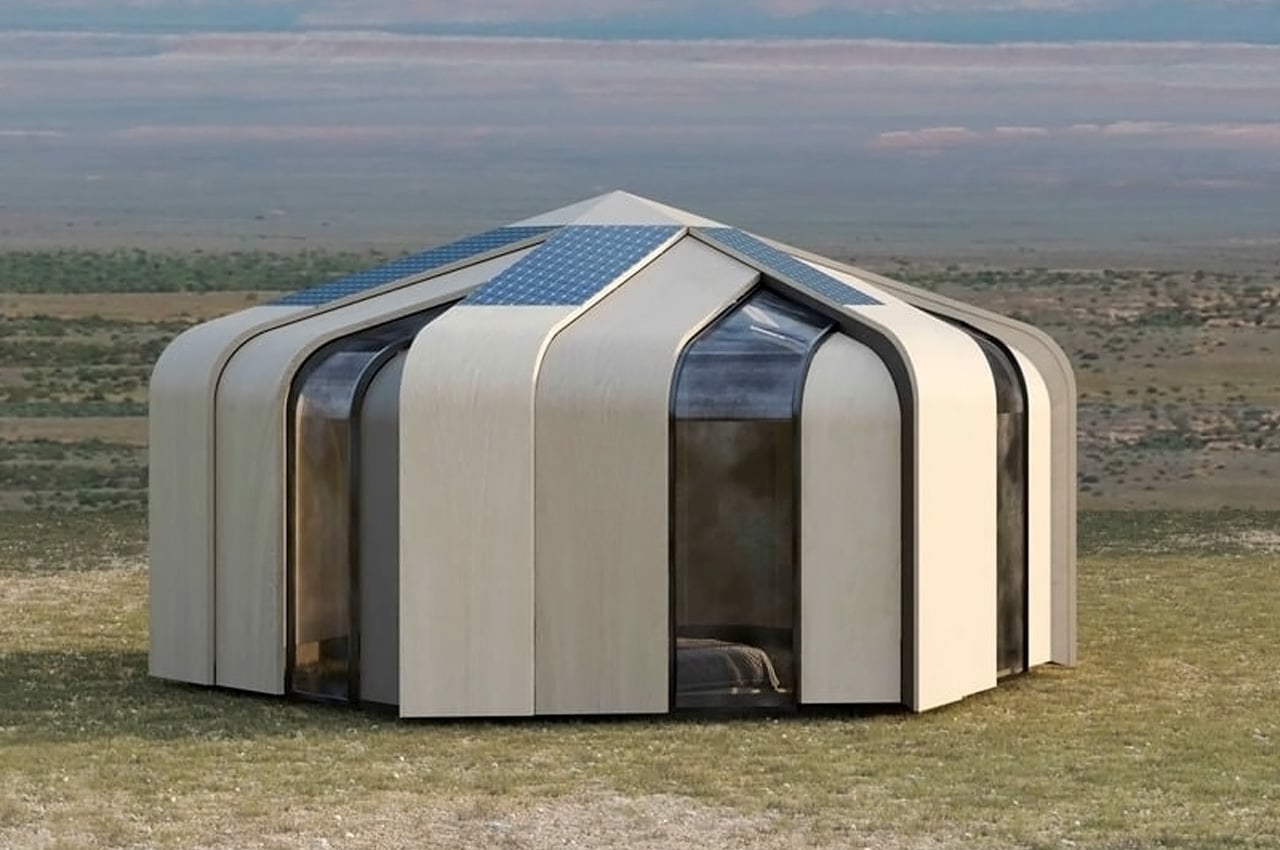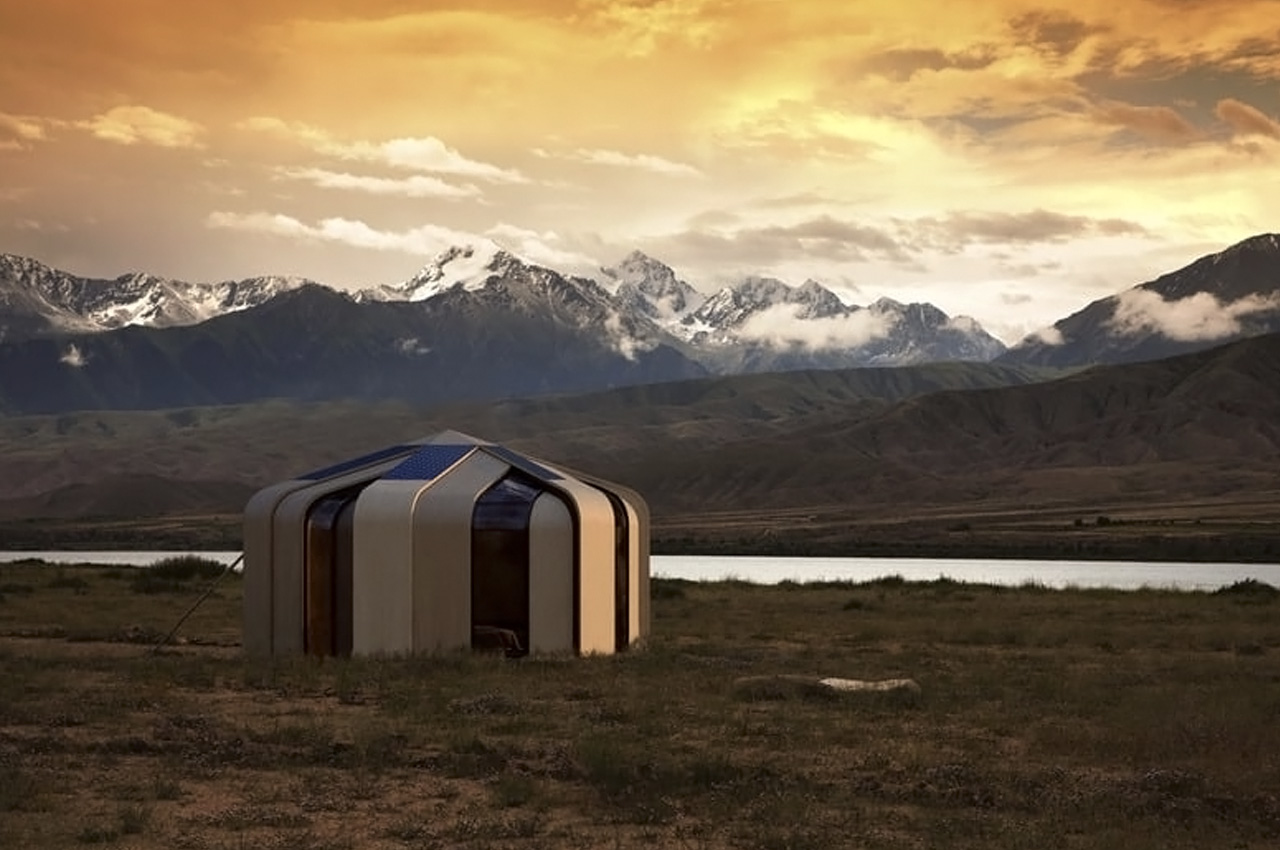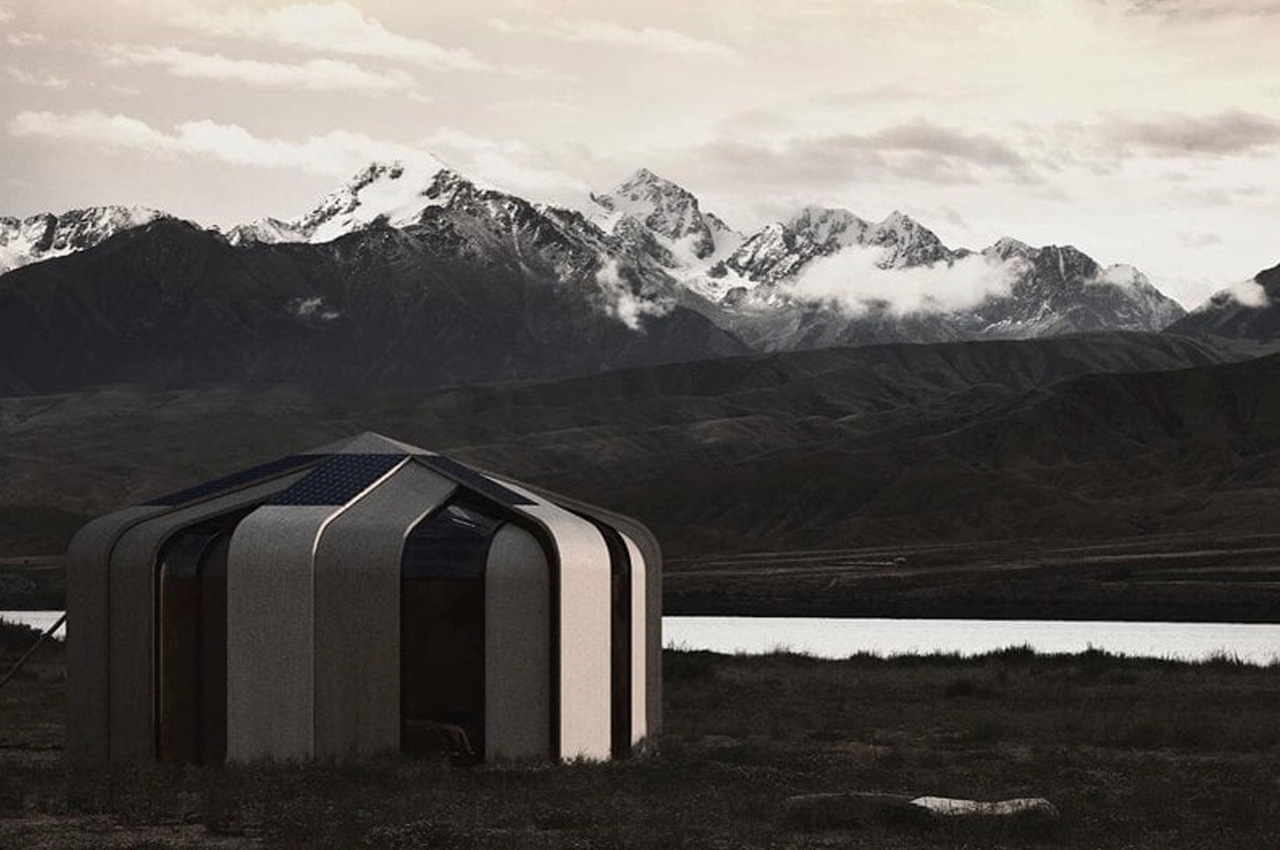
Architecture has recently been making leaps and bounds, as conventional design rules have been broken and architects are on a mission to create innovative and ingenious dwellings that will transform modern housing. And recently, Nurgissa Architects unveiled their concept of the Modern Kazakh Yurt – a transformable dwelling that is heavily inspired by traditional nomadic homes and design. These modern yurts are intended to be small compact dwellings that are reminiscent of the quintessential yurts we may have come across.
Designer: Nurgissa Architects

Occupying a 25 sqm perimeter, the yurt has been designed with strategy and precision to create a layout that can house bedrooms and workspaces, as well as a centralized section for kitchen and toilet facilities. The compact yurt accommodates all the amenities you could need to live a comfortable life. The yurt heavily focuses on transformable furniture, such as beds and chairs, to ensure that the internal space is optimized and utilized efficiently.

The exterior of the yurt features plywood panel segments with a flexible polymer film that is equipped with organic semiconductors that generate electricity. A square meter of the polymer film creates 1kW/hour. Additional electricity is provided by telescopic components, which offer 5.3 kW. The generated electricity is stored away in batteries, which are in turn used to power household appliances. The telescopic elements give the home its classic yurt-like aesthetic, and can easily adjust to steppe areas, using segment extension and shifting. This allows for the creation of an open or enclosed living space, depending on the weather conditions.

An autonomous biological system is integrated to deal with wastewater treatment, which reduces the negative impact on the environment and supports environmental sustainability. Other eco-friendly measures were also taken by the design team, such as the integration of eco-friendly materials like glued plywood with a basalt fiber heat-protective layer for wall segments. This measure enables the modern yurt to harmoniously merge with its surrounding environment, creating an experience that is seamless and in tune with nature, while utilizing traditional nomadic ideologies to counter modern ecological issues. Currently, the Modern Kazakh Yurt is a conceptual design, but hopefully, we see it as a real tangible structure or a collection of real tangible structures soon.

The post Modern Yurt Structures Inspired By Traditional Nomadic Design Could Be The Future Of Eco-Friendly Housing first appeared on Yanko Design.